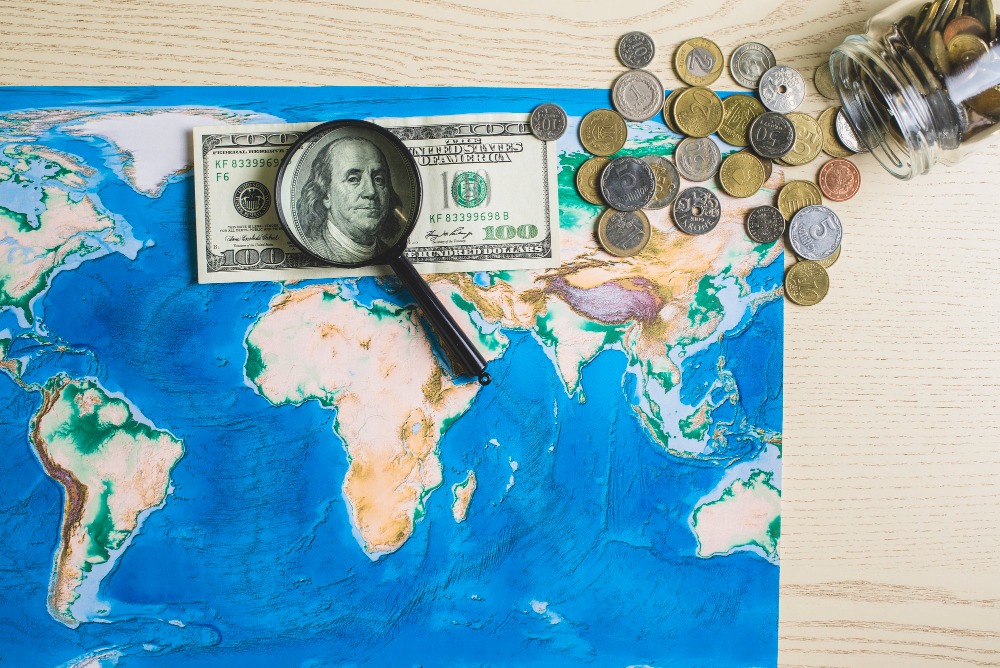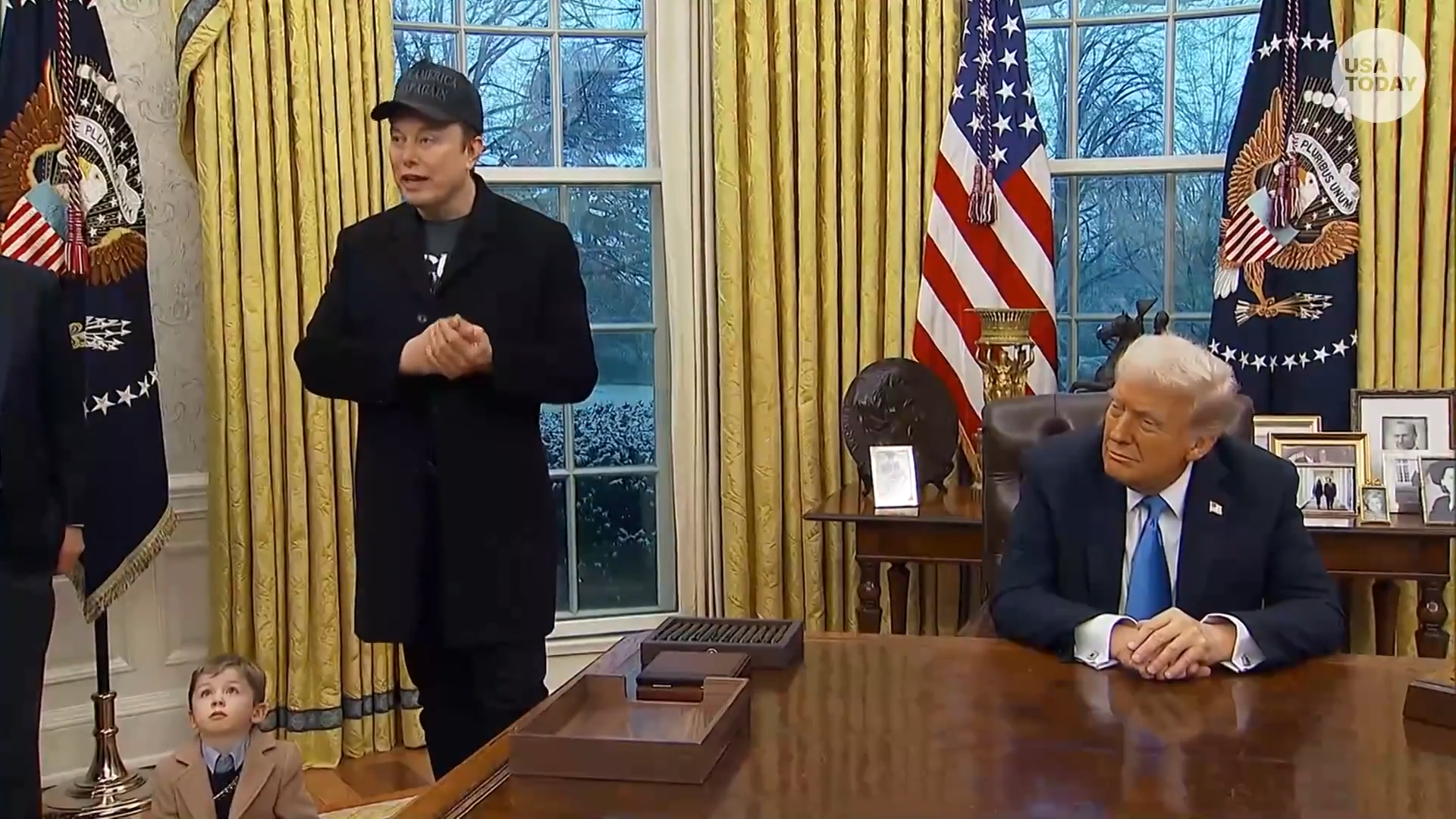
The sweeping implementation of U.S. tariffs in April 2025 has sent ripples far beyond the major economic powerhouses, reaching the shores of Africa and Latin America with a unique set of potential challenges and, perhaps surprisingly, nascent opportunities. These developing economies, often characterized by inherent vulnerabilities, now find themselves navigating the turbulent waters of a global trade landscape increasingly defined by protectionist measures. The confluence of pre-existing economic strains – high debt burdens, persistent weak investment, and the escalating costs associated with climate change – risks being exacerbated by the newly imposed global trade restrictions. However, within this challenging environment also lie potential pathways for regional trade agreements and strategic economic diversification, offering a glimmer of hope for mitigating adverse effects and fostering a more sustainable growth trajectory.
For many nations across Africa and Latin America, the specter of high debt looms large, casting a shadow over their ability to respond effectively to external economic shocks. Years of borrowing, often to finance development projects and address immediate needs, have left many countries with substantial debt-to-GDP ratios. In a global environment characterized by increased trade barriers and potentially slower growth, these debt burdens become even more precarious. Reduced export earnings, a potential consequence of dampened global demand and restricted market access, can strain a nation’s ability to service its debt obligations. This could lead to increased fiscal pressures, forcing governments to make difficult choices between essential social spending and debt repayments, potentially hindering long-term development prospects. Furthermore, the uncertainty surrounding global trade can deter foreign investment, a crucial source of capital for many developing economies, further compounding their financial vulnerabilities.
Compounding the debt challenge is the issue of weak investment. Many African and Latin American economies struggle to attract sufficient levels of both domestic and foreign investment needed to drive sustainable growth and create employment opportunities. Factors such as political instability, inadequate infrastructure, and regulatory hurdles often deter investors. The imposition of global trade restrictions adds another layer of uncertainty, potentially further discouraging investment as businesses become wary of the unpredictable nature of international commerce and the potential for disruptions to supply chains and market access. Reduced investment can stifle innovation, limit productivity growth, and ultimately hinder the diversification of these economies, making them more susceptible to external shocks.
The escalating costs associated with climate change represent another significant headwind for Africa and Latin America. These regions are disproportionately vulnerable to the adverse impacts of climate change, including more frequent and intense extreme weather events, rising sea levels, and changing agricultural patterns. Addressing these challenges requires substantial financial resources, diverting funds that could otherwise be used for economic development. The imposition of global trade restrictions could further exacerbate these costs in several ways. For instance, tariffs on green technologies or restrictions on the transfer of climate-friendly technologies could hinder efforts to transition towards more sustainable development pathways. Moreover, disruptions to global supply chains could impact the availability and affordability of essential goods needed for climate adaptation and mitigation efforts.
However, amidst these considerable challenges, the shifting global trade landscape also presents potential opportunities for regional trade agreements and economic diversification. Faced with increased barriers to accessing traditional markets in developed economies, countries within Africa and Latin America may find a renewed impetus to strengthen trade ties with their neighbors. Deeper regional integration can create larger and more dynamic markets, fostering intra-regional trade, promoting the development of regional value chains, and reducing reliance on external demand. Existing regional blocs, such as the African Continental Free Trade Area (AfCFTA), Mercosur, and the Andean Community, could gain new significance as member states look inwards for trade and investment opportunities. By lowering tariffs and harmonizing regulations within these blocs, member countries can boost economic activity, create jobs, and build greater resilience to global economic shocks.
Furthermore, the disruption of established global supply chains could create opportunities for African and Latin American economies to diversify their economic structures and move up the value chain. As companies in developed countries re-evaluate their sourcing strategies, some may look towards these regions as alternative locations for production and manufacturing. By investing in infrastructure, improving the business environment, and developing a skilled workforce, African and Latin American countries can position themselves to attract foreign investment in new sectors beyond traditional commodity exports. This diversification can reduce their vulnerability to fluctuations in global commodity prices and create more sustainable and inclusive growth.
To effectively mitigate the adverse effects of global trade restrictions and promote sustainable growth, countries in Africa and Latin America will need to adopt proactive and strategic approaches. This includes implementing sound macroeconomic policies to manage debt levels and maintain fiscal stability. Attracting both domestic and foreign investment will require creating a more conducive business environment, addressing issues such as corruption, improving infrastructure, and ensuring regulatory transparency. Investing in education and skills development is crucial for building a competitive workforce capable of supporting economic diversification.
Moreover, strengthening regional cooperation and deepening trade integration will be paramount. This requires a strong political commitment to implementing existing trade agreements and exploring new avenues for collaboration. South-South cooperation, fostering stronger economic ties with other developing countries, can also provide valuable opportunities for trade, investment, and the sharing of knowledge and best practices. Finally, integrating climate change considerations into all aspects of development planning is essential for building long-term sustainability. This includes investing in climate adaptation measures, promoting renewable energy sources, and fostering the adoption of climate-friendly technologies.
In conclusion, the 2025 U.S. tariffs and the broader trend towards global trade restrictions present a complex set of challenges for Africa and Latin America. The existing vulnerabilities of high debt, weak investment, and the rising costs of climate change risk being amplified by these external shocks. However, within this challenging landscape also lie significant opportunities for greater regional integration and strategic economic diversification. By embracing these opportunities, implementing sound domestic policies, and fostering stronger regional and South-South cooperation, the nations of Africa and Latin America can navigate these turbulent waters, mitigate the adverse effects, and chart a course towards more resilient and sustainable growth in the long term. The ability to adapt and strategically reposition themselves in this evolving global trade order will be crucial in determining their future economic prosperity.


